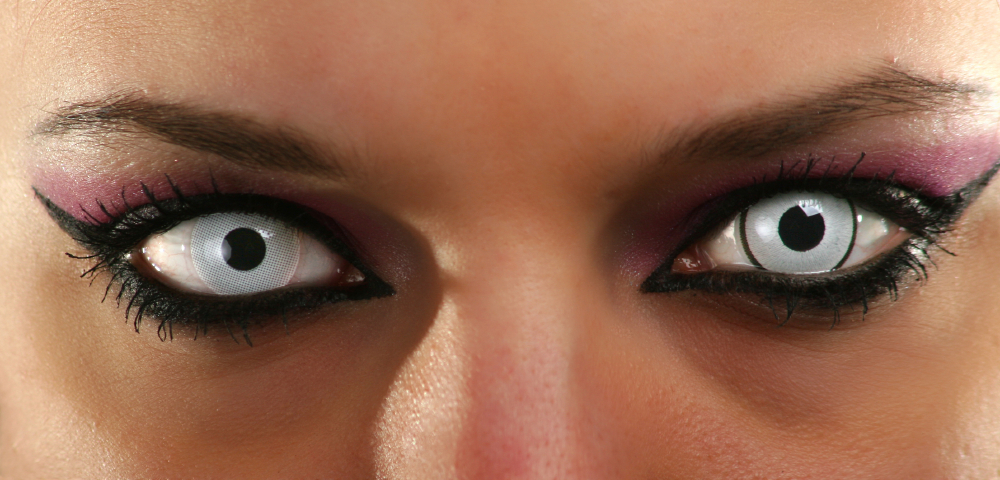Emotional Wounds for Your Protagonists - how to help them learn to cope/accept
How Do You Discover Your Character's Wound?
When I begin plotting a novel, I have a clear idea of my main characters' likes/dislikes, physical descriptions, and sense of time and place.
However, the motivation is in Blurb form when I begin writing.
 |
| The Romantic side of my office 💓🌹 |
Traumatic Events. These are the ones that most readily come to mind because of their dramatic nature. (This seems to be my traumas of choice in the Westerns I write).
Other choices:
Misplaced Trust and Betrayals.
Childhood Wounds.
Disillusionment.
Injustice and Hardship.
Isolation.
Crime and Victimization.
Disabilities and Disfigurements.
Failures and Mistakes.
My stories feature the first section on choices in romance novels.
Crime and Victimization in romantic suspense/mysteries. While Failures and Mistakes are universal issues and would color everyone's reality.
Of course, my YA and Children's stories have elements of mystery and whodunit, and I craft endings with a resolution that ties into the time period. Life does not always end in a happily-ever-after, but it is not my place to introduce that aspect of life in my stories.
I do delve into the Sci-Fi and paranormal realms. As I mentioned before, I was a dedicated fan of Universal Studios Classic Monster Movies as a child. My paranormal stories have a comic tone (because Connie has nightmares when a dog/horse, or people die in a story).
My Sci-Fi and Paranormal stories have a comedic tone, which is how I cope. After there is too much reality in our daily world.
I bake, and when my grads were small, I always hosted a
"Spook-Tacular dinner party. Complete with Dead Man Over Worms (meatloaf), Bloody Fingers (hot dogs), and Bleeding Cemetery Cake.
And just in time for Halloween!
.jpg) |
| Paranormal side of my office 👻🔮🎃 |
Yes, my office is crowded.
Yes, I spend a great deal of time dusting.
Yes, my family members find me... entertaining.
I've explained how I cope with the emotional intensity of writing.
How do my characters cope?
Ahhh...that would be telling...
My characters struggle with subconscious issues. And my characters work through the emotions wound(s) before I type: The End.
*
This process is often painful for both my characters and myself.
*
The craft of writing, like acting and music, taps into the emotions of the human creator. This is why we can empathize with the hero/heroine in a novel, cry when listening to "I Dreamed a Dream" by Patti LuPone.
*
The blurb must give the reader a hint at the motivation and hint at the emotional wounds without 'telling all.'
🠟
Audio book Release!!! 👀
https://www.audible.com/pd/Lynx-Audiobook/B0FK6K51HF?
With a dangerous reputation for taking chances and tempting fate, rugged cowboy Lynx Maddox had one goal in life--to win the coveted Silver Buckle rodeo championship. But when he sets eyes on lovely Rachel Scott, he becomes determined to capture her as well.
Rachel traveled the circuit with her famous rodeo rider dad until his fatal accident in the arena. Now, she wants nothing to do with that world--or the men who risk their lives for one brief moment of glory. But her attraction to Lynx becomes too powerful to deny...and his unexpected gentleness is too seductive to resist...
Happy Reading,
Connie Vines
GoodReads
https://books.apple.com/us/author/connie-vines/id624802082
https://www.barnesandnoble.com/s/connie%20vines
https://connievines-author.com/
Or any of your favorite online vendors :-)





.jpg)
.jpg)

.jpg)
.jpg)


































